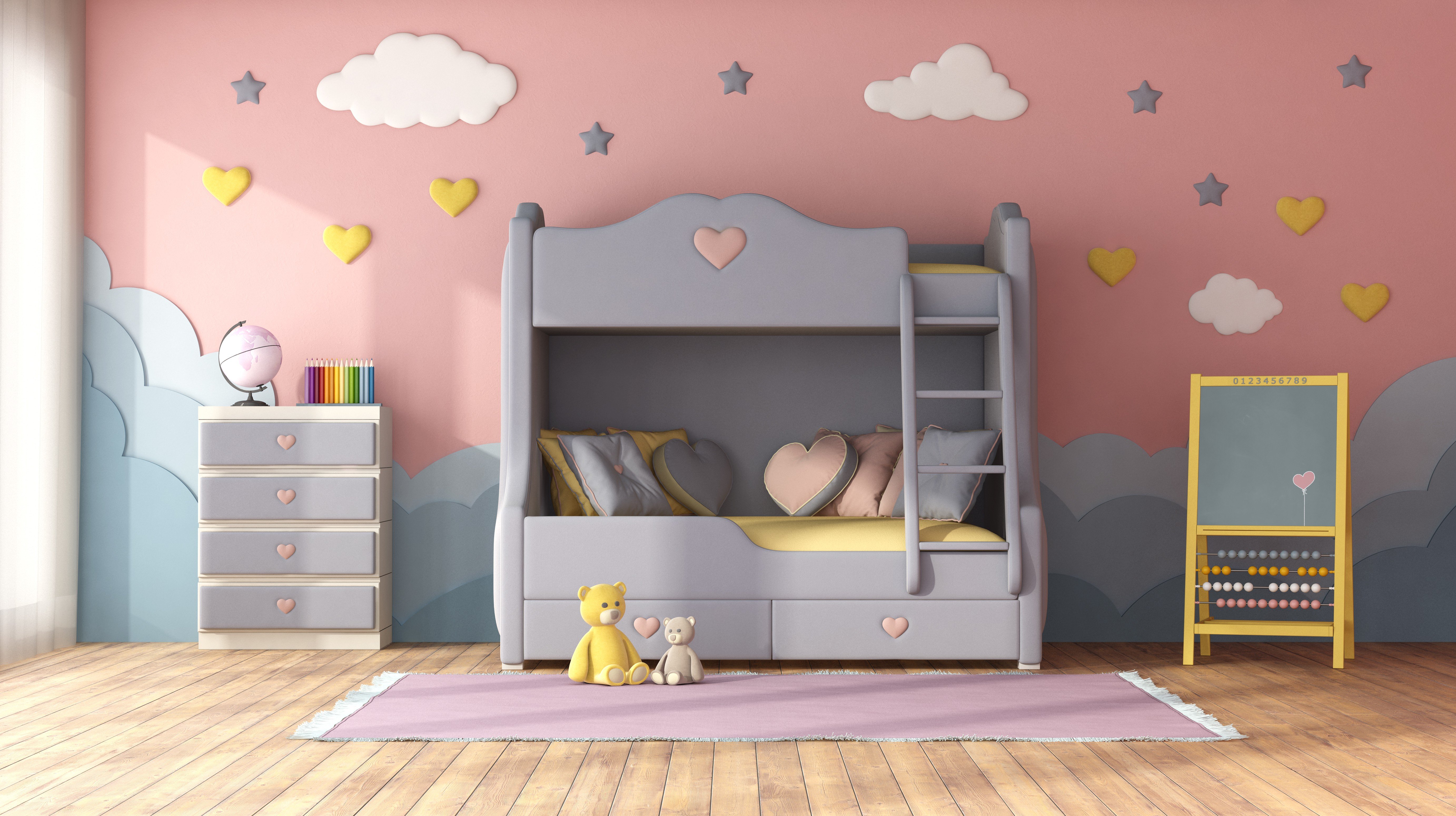10 Essentials To Know Bunk Beds You Didn't Learn At School
Exploring Bunk Beds: A Comprehensive Guide
Bunk beds have long been a staple in children's bed rooms, dormitories, and even homes with minimal space. Not just do they offer a useful sleeping service, but they likewise create a fun and creative environment for kids and a great space-saver for adults and families. This short article will explore everything you require to know about bunk beds, from types and materials to security pointers and buying recommendations.
Table of Contents
- Kinds Of Bunk Beds
- Traditional Bunk Beds
- Loft Beds
- Triple Bunk Beds
- L-Shaped Bunk Beds
- Product Options
- Wood
- Metal
- Security Considerations
- Buying Guide
- FAQs
Types of Bunk Beds
Bunk beds come in different designs to match various requirements and preferences. Here's a breakdown of the most common types:
Conventional Bunk Beds
Standard bunks generally include two beds stacked vertically on top of one another. These beds are perfect for brother or sisters sharing a room or for making the most of sleeping space in visitor rooms.
Loft Beds
Loft beds stand likewise to traditional bunk beds but do not have a lower sleeping location. Rather, they frequently integrate a desk or seating area below, making them a great choice for small spaces needing multifunctionality.
Triple Bunk Beds
Triple bunk beds are developed for three occupants, with beds stacked in a three-tier configuration. These are less typical however can be a fun solution for big households or sleepovers.
L-Shaped Bunk Beds
With one bed placed horizontally and the other vertically, L-shaped bunk beds are frequently geared up with extra functions such as desks or storage drawers and can complement corner areas in a space.
Comparison of Bunk Bed Types
Bed Type
Perfect Use
Description
Traditional
Shared bedrooms or visitor spaces
2 beds stacked vertically
Loft
Small spaces requiring multi-purpose space
Upper bed with open space below
Triple
Big families or slumber parties
3 beds stacked vertically
L-Shaped
Corner or flexible spaces
A combination of vertical and horizontal beds
Product Options
Bunk beds are produced from various materials, with wood and metal being the most common. Each material has its advantages and disadvantages.
Wood
- Resilience: Generally robust and can endure years of usage.
- Aesthetic Appeal: Offers a traditional look that can mix with various designs.
- Weight Capacity: Typically stronger; can support heavier weights.
- Drawbacks: May be more costly than metal options and can be susceptible to scratches.
Metal
- Toughness: Generally light-weight and easy to move but still sturdy.
- Modern Design: Often can be found in smooth styles, making it appealing for modern areas.
- Cost-efficient: Usually more economical than wood options.
- Downsides: Can be cold to the touch in winter seasons and might not have the same aesthetic appeal for some purchasers.
Safety Considerations
When it concerns bunk beds, safety can not be overlooked. Here are crucial security tips to remember:
- Guardrails: Ensure that the leading bunk has guardrails on both sides to prevent falls.
- Strong Construction: Check for a strong develop and sturdy products to hold up against weight and motion.
- Weight Limit: Adhere to the manufacturer's weight limit for both the upper and lower bunks.
- Ladder Design: Choose bunks with a safe, easy-to-climb ladder and prevent any sharp edges or rungs.
- Age Restrictions: Most makers suggest that kids under the age of six must not oversleep the upper bunk.
Buying Guide
When searching for bunk beds, consider the list below elements to discover the best fit for your needs:
- Space Availability: Measure the room size and ceiling height, making sure there is appropriate space for the leading bunk.
- Bed Size: Decide in between twin, complete, or larger sizes based upon your needs and the size of the space.
- Style Preference: Consider the overall decor of the bedroom to find an ideal design.
- Reduce of Setup: Look for a bunk bed that is simple to put together.
- Budget plan: Bunk beds come in various price ranges, so determine a spending plan before starting your search.
Frequently asked questions
1. What is the suggested age for children to sleep on the leading bunk?
Kids aged six and older are typically suggested to sleep on the top bunk to lessen the danger of falls.
2. How can I make my bunk bed much safer?
To boost security, guarantee guardrails are effectively set up and inspect that the bed is positioned on a flat surface area. In addition, encourage kids to utilize the ladder carefully.
3. Can I transform a bunk bed into 2 separate beds?
Many bunk beds are designed to be convertible. Inspect the manufacturer's specifications for convertibility functions.
4. What accessories are readily available for bunk beds?
Typical devices consist of bed linens, storage drawers, staircases rather of ladders, and tented canopies for a fun visual appeal.
5. How do Roma Purtle preserve my bunk bed?
Regular look for loose screws or structural stability can assist make sure safety. Dust the bed regularly and tidy spills without delay to keep the materials in good condition.
Bunk beds are flexible and a space-efficient option for different living scenarios, from kids's spaces to visitor lodgings. With lots of styles and materials readily available, possible buyers have a wealth of alternatives to consider, ensuring a mix of usefulness and aesthetic appeals. By prioritizing security and following the tips described in this guide, people can find the best bunk bed that matches their space and lifestyle, all while producing an enjoyable sleeping environment.
